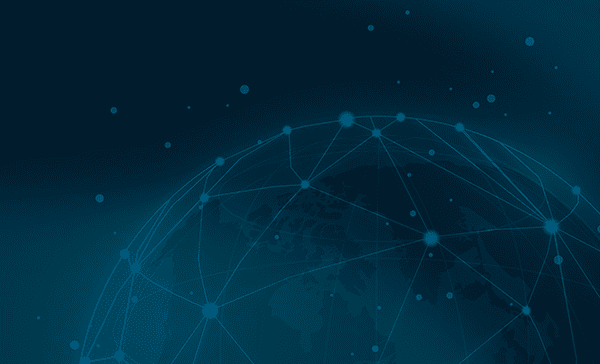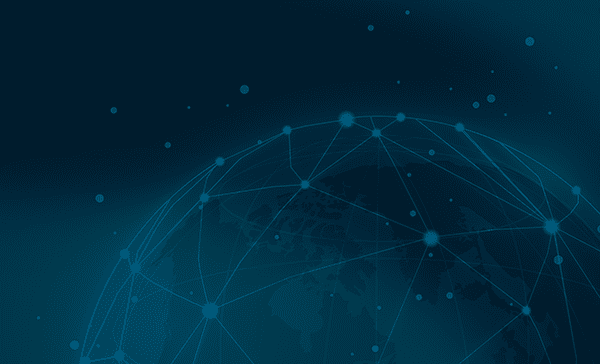
The continued trend for life-sciences companies to establish Centers of Excellence (COE) for real-world evidence and, acknowledging the multiple purposes for real-world data, place teams organizationally somewhere between clinical and commercial, most often as an extension to medical affairs.

Prediction #3: RWE COE ASAP
Directly related to the previous predictions is the continued trend for life-sciences companies to establish Centers of Excellence (COE) for real-world evidence and, acknowledging the multiple purposes for real-world data, to place these teams organizationally somewhere between clinical and commercial, most often as an extension to medical affairs. The COEs are accessing an increasing number of real-world data sources (from EMRs, medical claims databases, pharmacy records, and wearables and other patient-centric datasets) to support needs along the product development and commercialization continuum, often saving companies the expense of multiple departments accessing the same data but for different reasons. More importantly, the COEs are employing AI, blockchain, and machine learning techniques to align disparate datasets and to create new insights that can augment (and eventually replace) traditional development and commercialization activities. As a result, the COEs are being staffed with an interesting array of professionals who have skill sets that include epidemiology, outcomes research, data management, statistical analysis, and information technology.
And the COEs are being established with fairly high expectations for liberated thinking and creativity, with budgets to match! One trend to watch out for: technology-based approaches for systematically capturing patient-reported outcomes. This goes beyond approaches available today, such as smart phones capable of fielding questionnaire responses and other user data (e.g., screen taps or activity monitoring not requiring any user interaction). Think about the capture of changes in patient quality of life transmitted directly and wirelessly from brain to device. Expect to hear about advances along these potentially very dicey lines.


